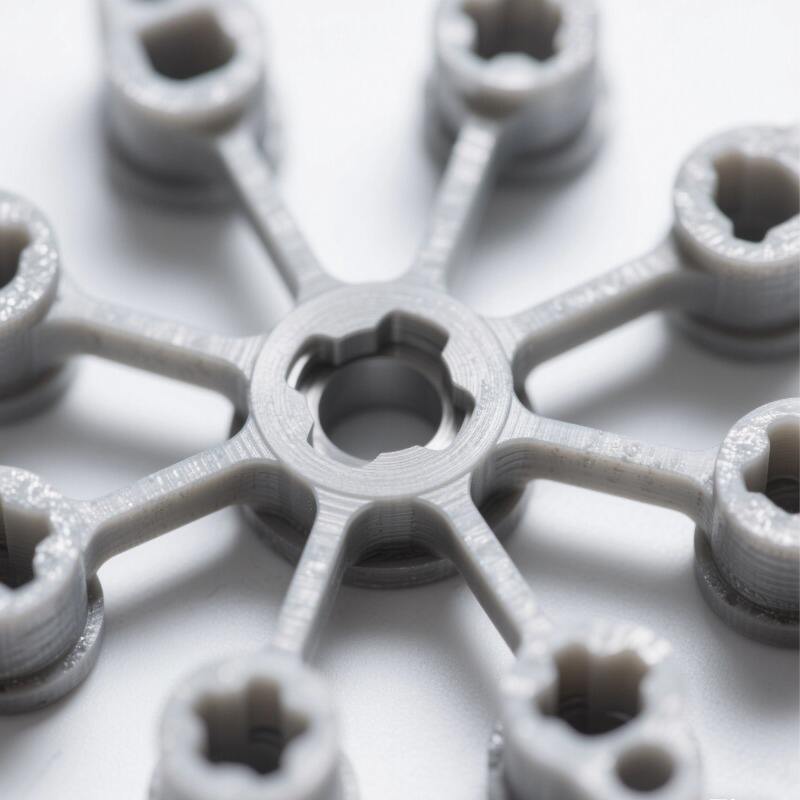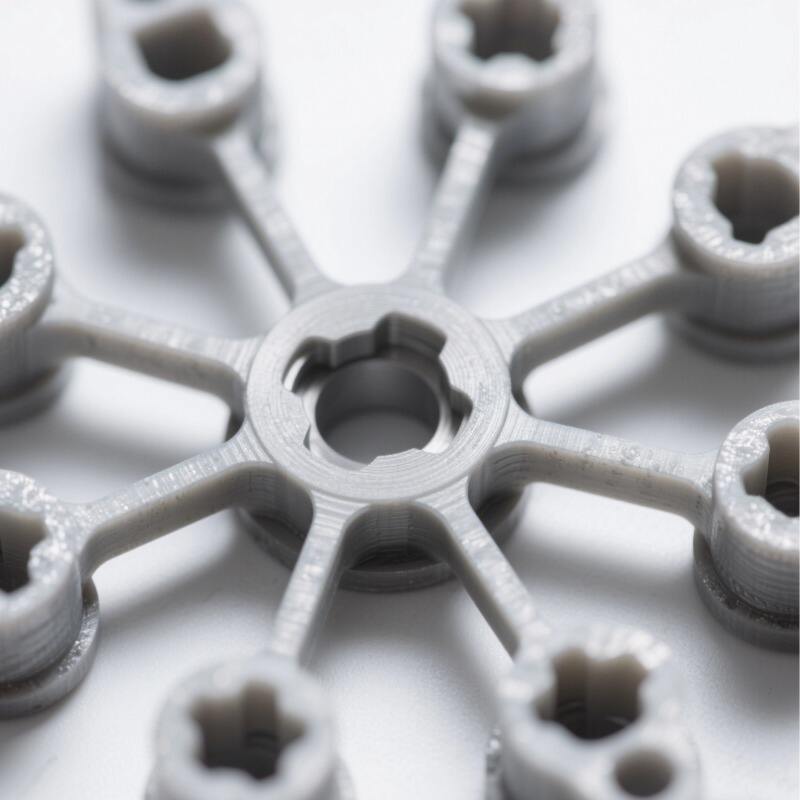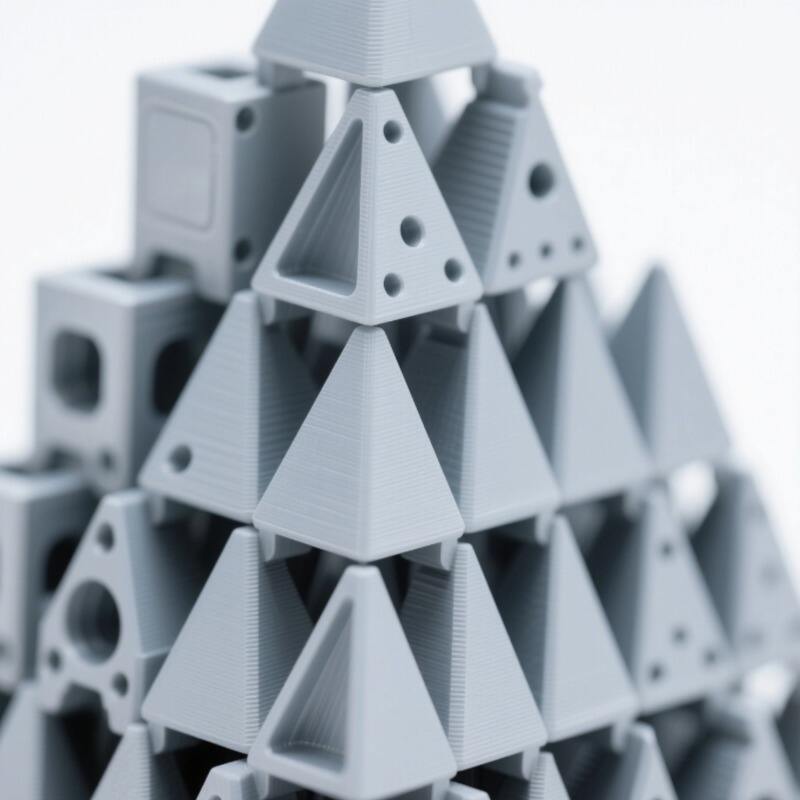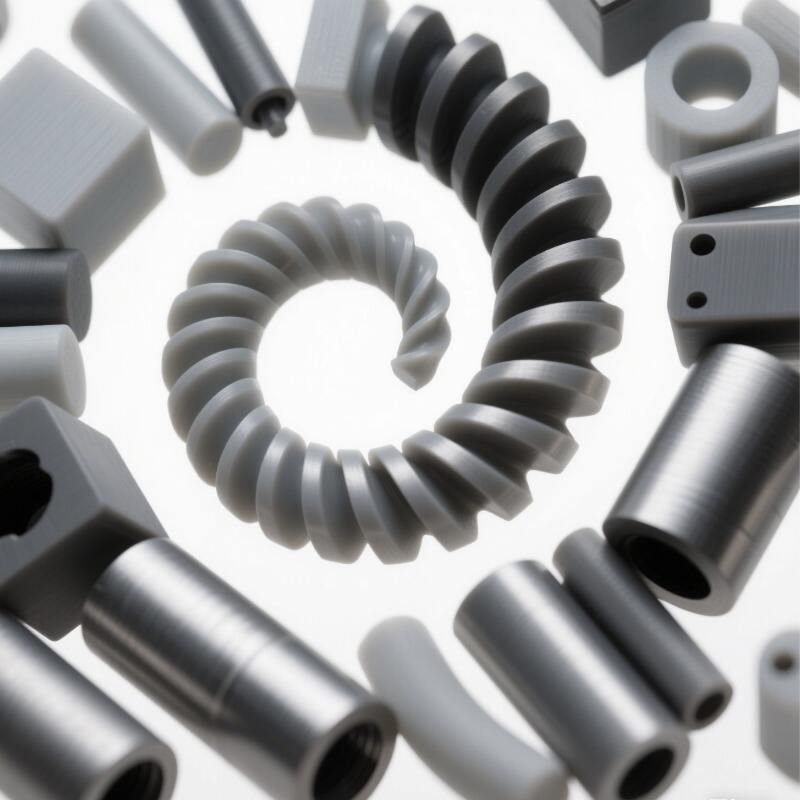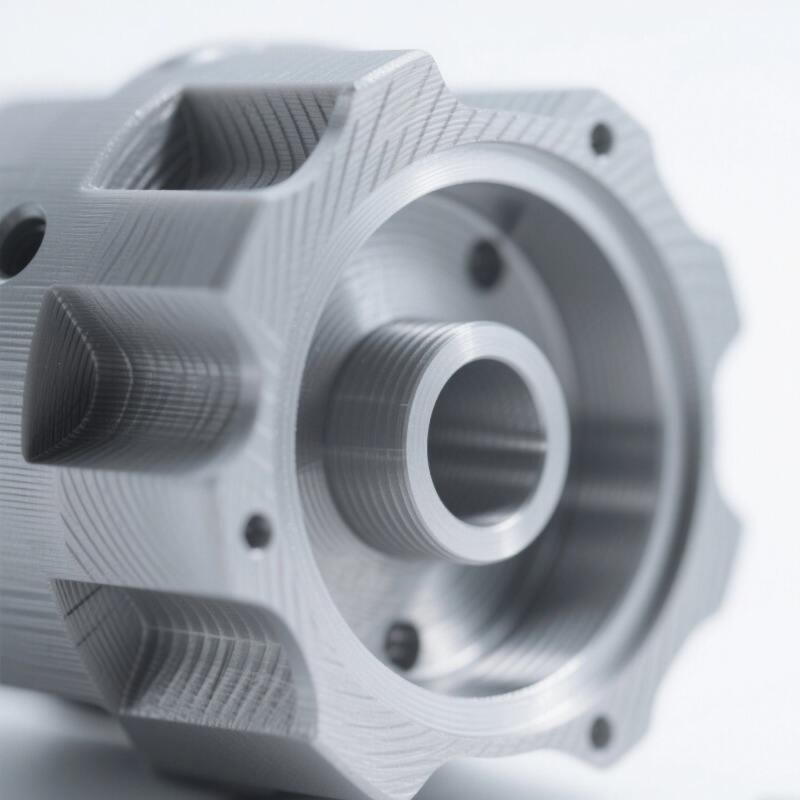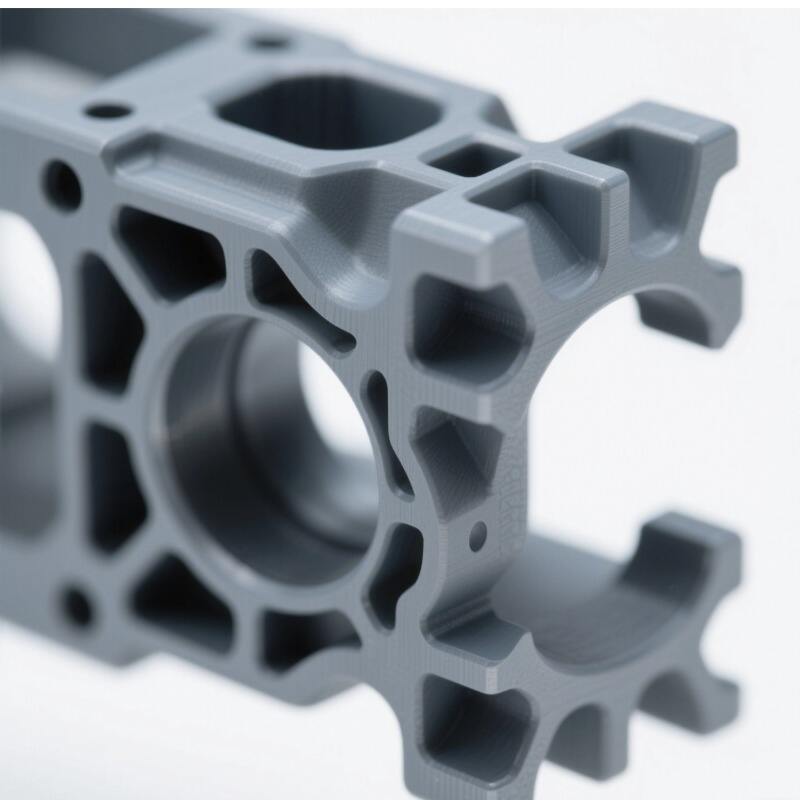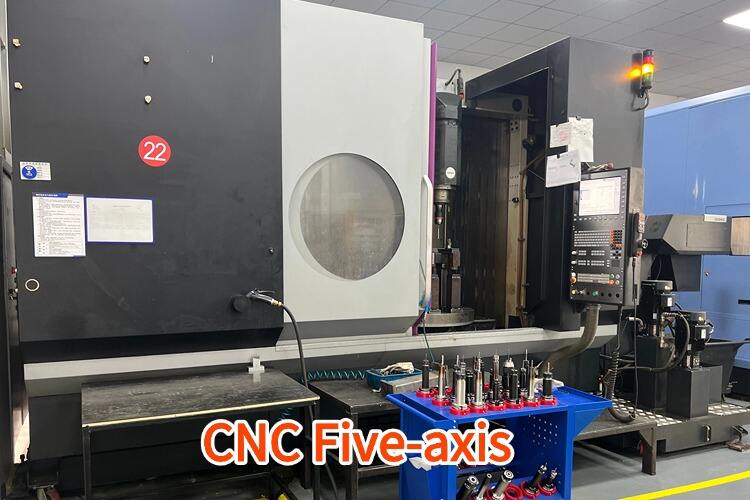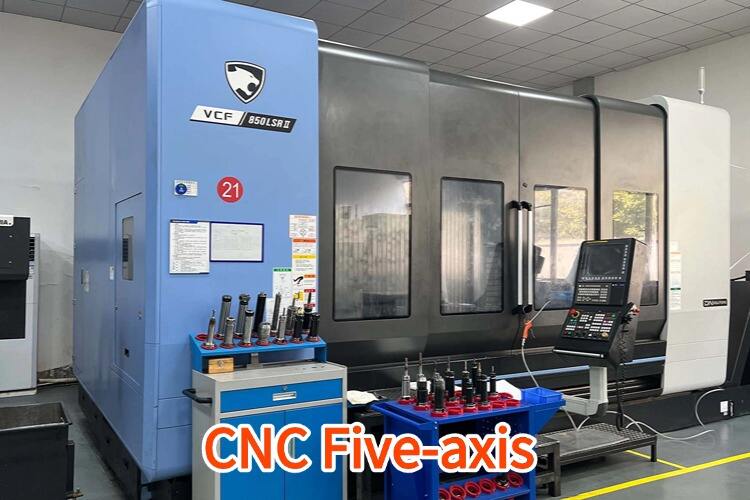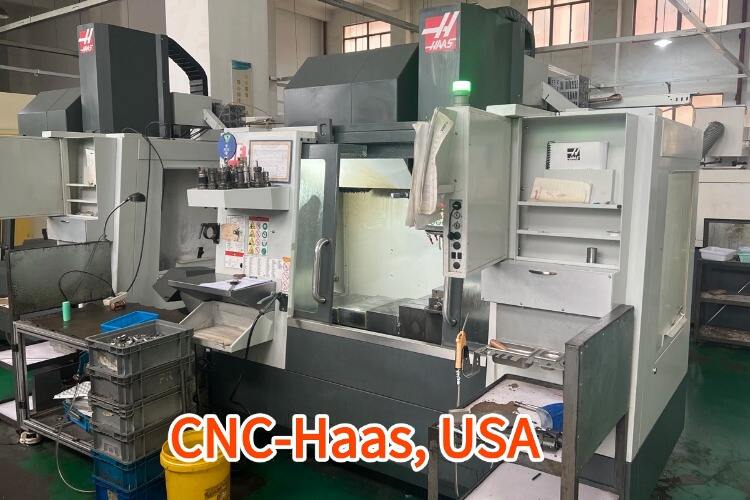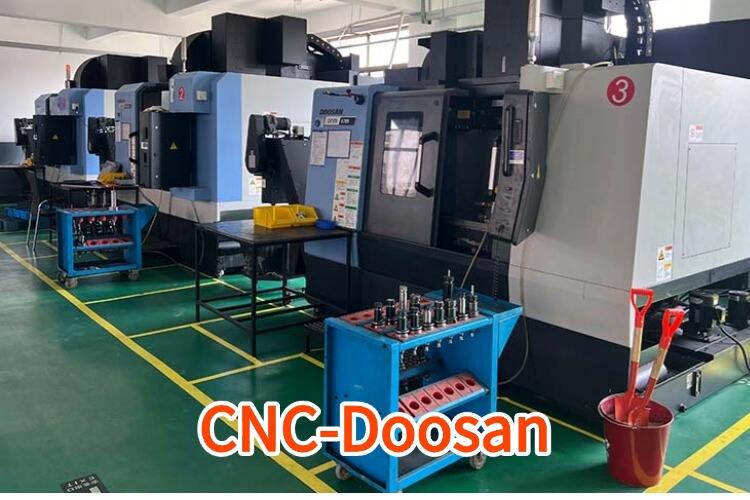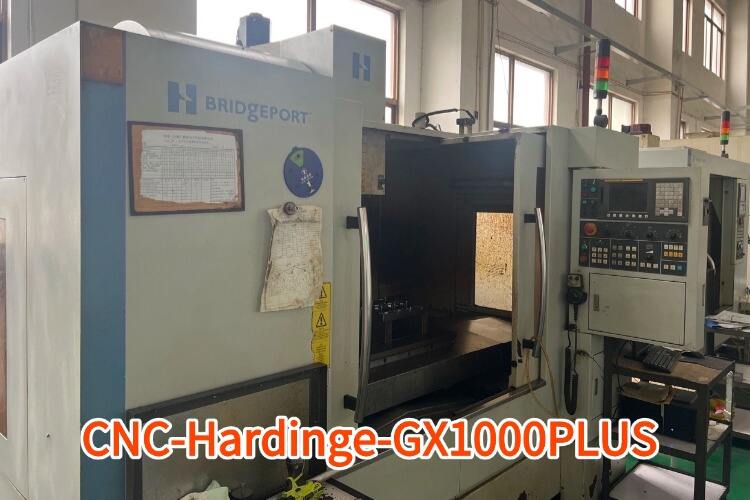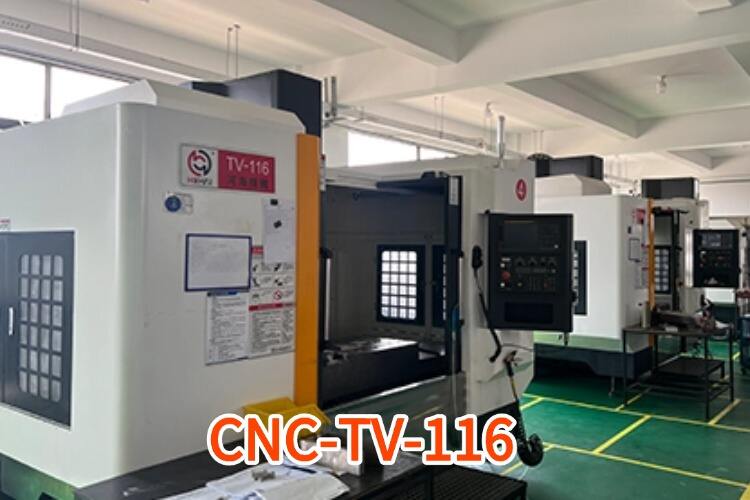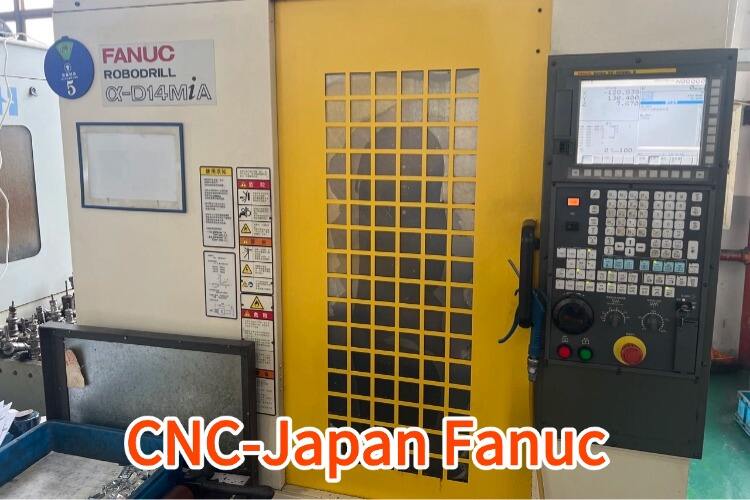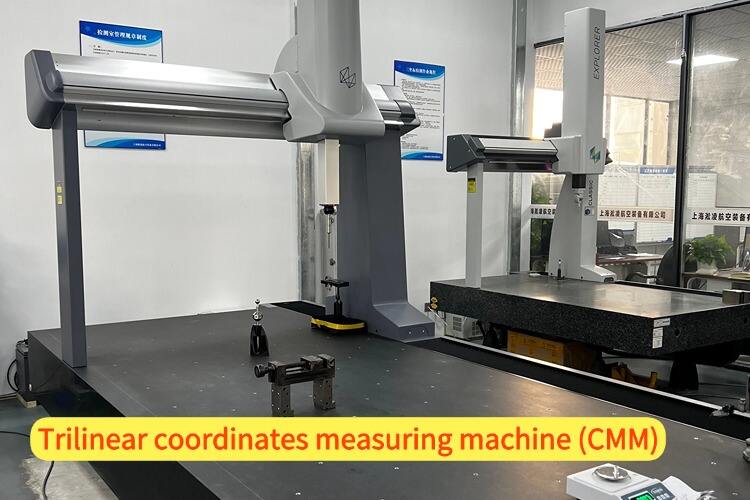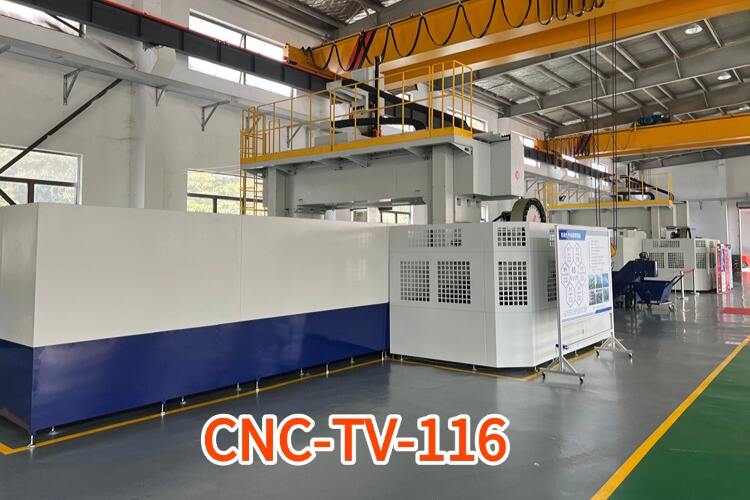Innovation: Employing cutting edge technology enables us offer creative manufacturing solutions while staying updated on current trends within the sector thus giving an advantage over competitors.
Frequently Asked Questions
If you want to know more about PEI (Ultem) CNC Machining
Q: What is PEI (Ultem) CNC machining?
A: It is a process of precision manufacturing made from Ultem – the high-performance plastic. This involves using computer numerical control (CNC) machines for cutting, shaping, and drilling Ultem, which has excellent thermal and chemical resistance as well as mechanical properties.
Q: What are Ultem's material properties?
A: Ultem is an amorphous thermoplastic with outstanding heat, chemical resistance, and mechanical strength. It also has excellent dimensional stability, high rigidity, and very good tensile strength, which makes it useful in various industries, such as aerospace or automotive sectors, where there are demanding conditions.
Q: What are the different grades of Ultem used in CNC machining?
A: There exist many varieties, each suitable for their respective applications; among these include unfilled standard grade pei called Ultem 1000, which offers high strength combined with excellent heat resistance. Another one is glass fiber reinforced grade Ultem 2300 – this type possesses greater stiffness along its length compared to other materials like ultem1000 while being lighter weight at the same time, too, due to the reinforcement effect by fibers within a matrix structure.
Q: Why is Ultem chosen for CNC machined parts?
A: The selection of Ultem arises from its versatility and high-performance nature, whereby it can resist elevated temperatures besides chemicals, thus suiting harsh environments. Moreover, even though they possess strong mechanical properties like strength or rigidity, which contributes towards their long life span since they do not break easily still, Altern materials are easy to machine compared with other thermoplastics, meaning less time taken during the machining process, leading to lower costs incurred on the machines used for this purpose.
Q: What industries commonly use CNC-machined Ultem parts?
A: These components are widely adopted in various fields, necessitating high performance and robustness under severe conditions, such as those found in aerospace, automotive, medical, and electronics industries. Such properties are enhanced by thermal resistance coupled with chemical inertness possessed by them which makes ultem be an excellent choice for these applications.
Q: How does the surface finish of machined Ultem parts compare to other plastics?
A: Can more superior surface finishes be achieved with machined Ultem parts than with other plastics? This is because Ultem is amorphous and has a high resistance to heat. The ability to manipulate CNC machining precisely enables one to have smooth finishes that match exact measurements, therefore making it valuable for situations where aesthetic look and close tolerance are important.
Q: Can Ultem be CNC machined to high precision and complex shapes?
A: Is it possible for Ultem to be machined into highly precise shapes using computer numerical control machines? Indeed, these devices can work on this material and produce complicated forms accurately. What makes them suitable for sophisticated parts in the aerospace industry, medical technology sector, or any other field that requires accurate engineering skills is their ability to create tight tolerance levels during the production process.
Q: What should be considered when machining Ultem parts regarding tool selection and processing parameters?
A: In order not only to optimize but also achieve desired material properties during milling operations made from ULETEM, it is necessary to consider various issues, including tool choice vis-à-vis the grade being machined and the complexity of the part, among others. For instance, cutting speed feed rate, coolant, etc., etc. must be regulated accordingly so as to reduce thermal energy transfer, hence attaining good quality surfaces while at the same time minimizing chances of distortion due to excessive heating or degradation caused by chemical reactions taking place within the workpiece.
